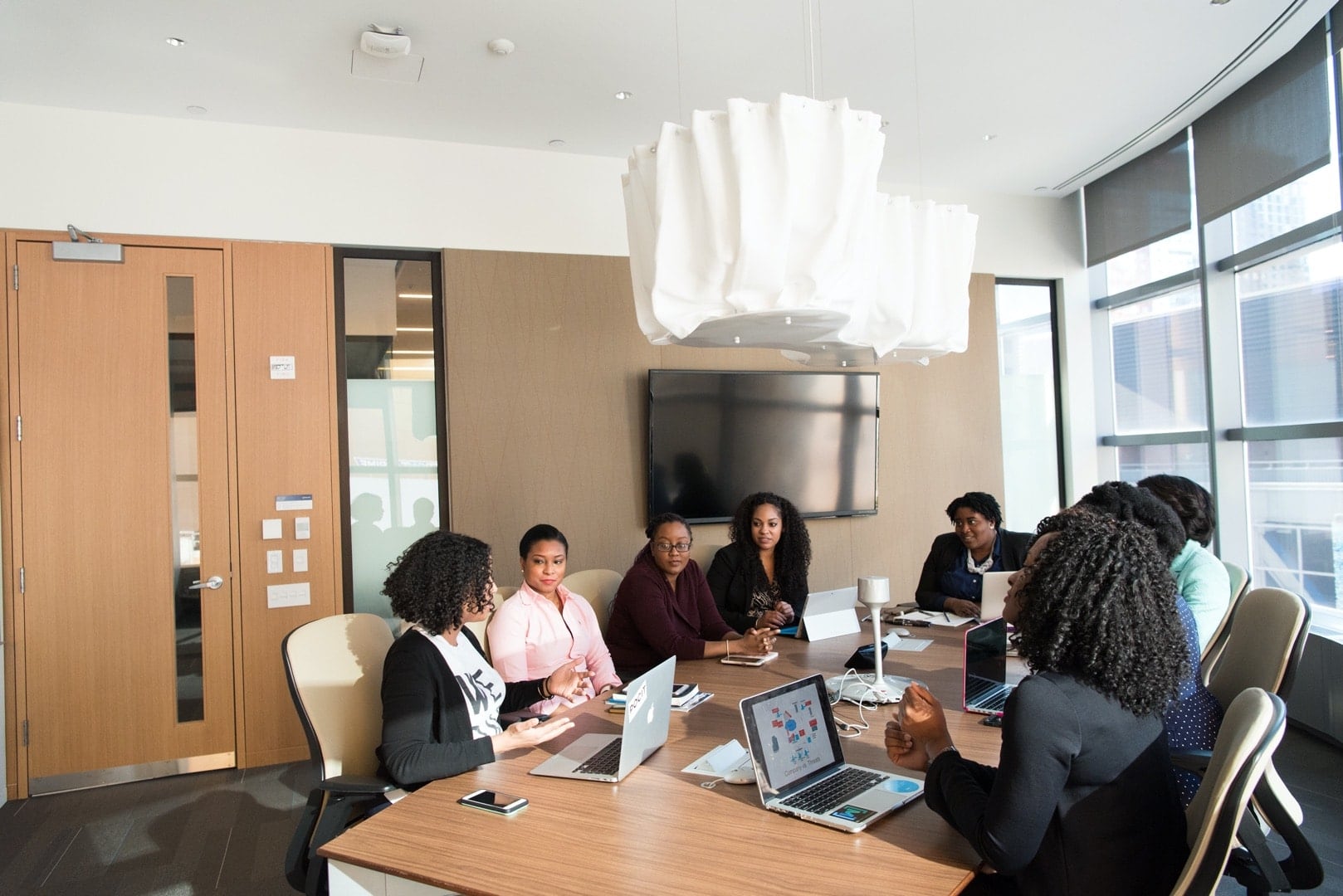Over the course of our lives, at one time or another, every one of us has taken the wilful decision to break a rule. From driving above the speed limit to missing an assignment deadline, there are plenty of rules to be broken in modern life.
Understanding what drives human behavior can be applied to helping leaders improve the performance of their team in the workplace. Positive reinforcement helps close the gap between a leader’s needs and what a frontline employee can deliver.
If reinforcement isn’t used strategically and consistently by leaders, it can be counter-productive in the workplace. So, how can positive reinforcement be used to drive human performance?
Digging Deeper into the Psychology of Workplace Behavior
When a leader tells an employee to do something, they can have a short term effect on their behavior. The leader can usually get them to at least try a certain behavior. For the employee to anchor that behavior, a leader must ensure consequences are congruent with the behavior. Rewards are often far more effective at anchoring behavior than punishments. The concept of reward is highly personalized. What might be a reward for one employee could be a punishment for someone else.
For instance, if one employee is recognized for good performance in the workplace, this might boost their confidence. When another employee is acknowledged in the same way, they may feel a sense of embarrassment, taking a discomfort to the spotlight being shined of them.

Most leaders believe that sitting their team down and telling them how well they are performing is positive reinforcement. Instead, this is just called being nice to people. Being nice to people can be a good thing. However, it can also be catastrophically counterproductive.
If the team is large enough, there’s probably at least someone in the group who is not doing a good job. Unbeknownst to the team leader, they might be taking shortcuts or risks in their role. Yet, the individual has just heard the team leader say their behavior is perfectly acceptable.
In a more complex dynamic, certain team members might be aware of who follows the rules on the team and who doesn’t. With the team leader praising the collective performance of the group, it undermines the importance of following workplace rules. The praise from the leader suggests to the team that it doesn’t make any difference if they follow the rules or not.
The Research Of MIT Professor Dan Ariely
Excellence in the workplace is driven by a blend of reinforcement and encouragement. Professor Dan Ariely at the Massachusetts Institute of Technology recently conducted several studies to analyze and dig deeper into the psychology of workplace behavior.
From productivity to collaboration, each of the studies explored a different facet of workplace culture. Today, we’re particularly interested in the Professor’s study on positive reinforcement and its relationship with increased performance in the workplace.

Ariely instructed two groups of undergraduates at Harvard University to give a series of speeches and take part in mock interviews with experimenters. Each of these experimenters was either nodding and smiling or shaking their heads, furrowing their eyebrows, and crossing their arms whilst engaging in the activities with the participants.
As a result, the participants in the first group answered a series of numerical questions with an increased level of accuracy compared to those in the second group. From this study, Professor Ariely concluded that we are more motivated and perform better when we have confidence in our abilities.
When we translate these findings to the workplace, it becomes clear that reinforcing the behavior of employees through positivity is the most effective way of enhancing workplace productivity. Negative reinforcement throws people into a “threat state,” leading to discouragement when a person finds a task overwhelming. The research found that employees perform better in a “challenge state,” when we have confidence in our abilities.
Positive Reinforcement Tool
So, how can positive reinforcement be delivered in a highly-personalized way to individual employees? We have just the answer for you! Say “hello” to Karma! This is our intuitive workplace tool that can bring positive reinforcement to the very core of your team’s operation, with seamless integration into Slack.
We designed Karma to foster a high-performance team culture across workplaces, helping to build stronger, happier teams through consistent positive reinforcement from leaders. The application offers leaders the ability to send messages of appreciation and acknowledgment to team members, facilitating highly-personalized feedback and creating a productive workforce.


 Motivating Employees Through Appreciation in the Workplace
Motivating Employees Through Appreciation in the Workplace